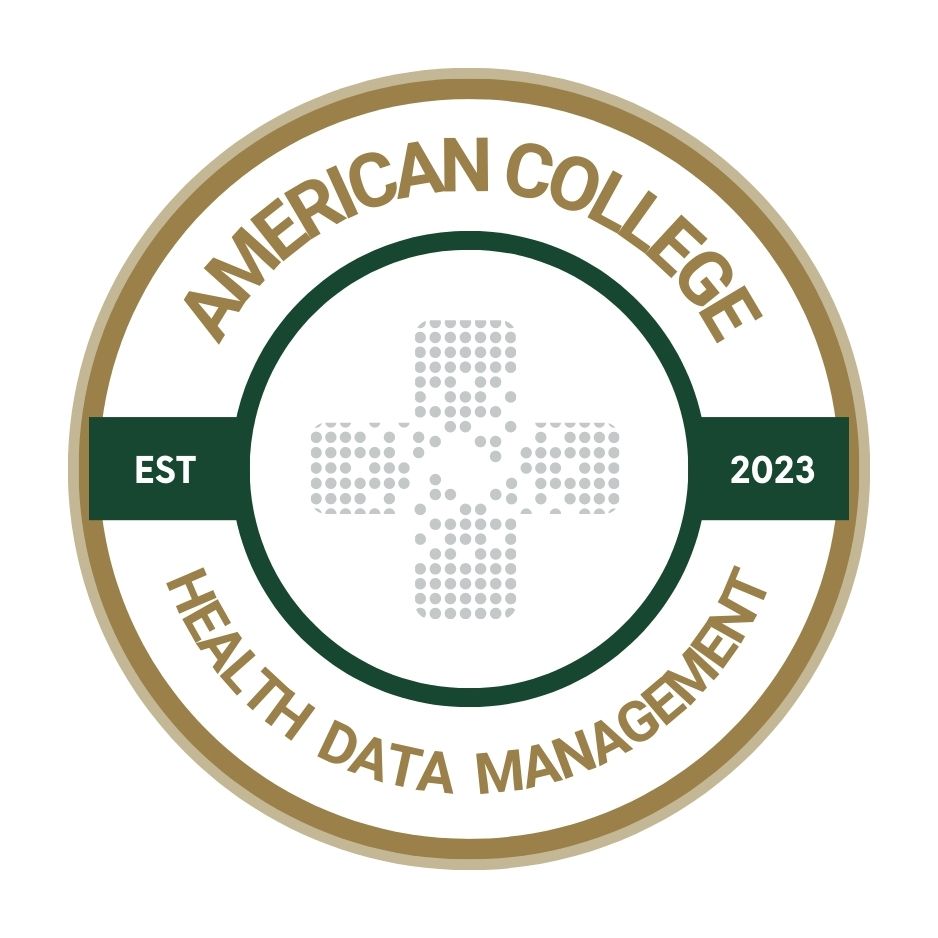When data talks in real time: Lessons from a smart-hospital playbook
Organizations don’t need more data and reports, as much as they to create quick, actionalble insights out of the information they gather.

Healthcare technology hype seems to move at warp speed — blink and the buzzwords shift, another “transformative” platform promises salvation and the inbox fills with AI-groomed slide decks. I’ve learned to filter the noise by chasing what really matters – real-life wins in which clinicians, armed with timely data, tangibly improve care.
That search for living proof is why I jumped at the chance to moderate MEDITECH’s latest Thought Leadership webinar, “Keys to Unlocking Data-Driven Analytics Insights from a Smart Hospital,” alongside Elliot Darling, MEDITECH’s product manager for analytics and ERP, and Mike Laidlaw, Valley Health System director of data management, development and analytics. Together, we mapped the messy journey from retrospective reporting to real-time, predictive — and, ultimately, prescriptive — insights.
The cost of staying comfortable
Laidlaw started with a confession every hospital leader knows too well – there are reports everywhere, but insights are nowhere to be found. When Valley migrated from MAGIC to MEDITECH 6, his team converted roughly 1,500 single-purpose reports, each living in its own silo. “This can’t be the right way of doing it,” he recalled telling his team. “There’s got to be something better.”
That “something better” became a data warehouse plus MEDITECH’s BCA layer and, eventually, a menagerie of self-service and predictive tools. But Laidlaw’s anecdote is a sober reminder that the true price of status-quo reporting is clinical blind spots, duplicated effort and cultural fatigue.
Why real-time finally matters (hint: value-based care)
Darling connected the dots between technology and reimbursement. As organizations move deeper into value-based contracts, proactive insights become table stakes. He contends that organizations need to be on top of their patient populations and be proactive with them. Real-time census pressure, pending quality penalties or an unmanaged high-risk cohort can wipe out thin margins fast.
Valley’s solution is delightfully simple in concept, sophisticated in execution. It aims to marshal data where it can change today’s decisions. A few examples that caught my ear.
ED-inpatient capacity loop. Every step, from triage to discharge cleaning, feeds a live dashboard. If beds tighten, discharging units see their KPIs turn yellow, then red, before a bottleneck cascades.
Predictive peri-operative bed matching. Historical procedure data predicts the type of bed each OR case will need, hours before the incision. The hospital operations center pre-blocks the bed, smoothing post-operative flow.
AI-powered fall prevention. A vision model watches high-risk patients and, if posture suggests an impending exit, pings the assigned nurse’s handheld. The nurse taps once to speak via pillow speaker — often preventing the fall without sprinting down the hall.
All this depends on the same principle – get the right data to the right person soon enough for them to act.
Resource reality: walk, don’t teleport
Vision is free; implementation isn’t. Laidlaw was candid about resourcing; each analytics push involves hardware, skilled analysts and frontline training. However, he stressed incremental wins. “We started small — block-time utilization. Then we asked, ‘What’s the next problem?’” Three years later the OR suite hums on predictive flow, but the team never tried to boil the ocean.
Tech stack glamour can eclipse a quieter necessity: teaching people to trust and use the numbers. Valley posts short how-to videos on its intranet, runs self-service classes and embeds analysts with units during go-live. Darling echoed the point: MEDITECH now tiers its education by role — consumer, creator, administrator — to avoid drowning learners in features they’ll never need. Culture turns when data stops feeling like homework and starts feeling like an ally.
The expanding toolbelt
Toward the end of the discussion, Laidlaw rattled off technologies that only recently felt futuristic.
The common thread for these is that each tool either removes friction or widens foresight. If it doesn’t, it doesn’t make Valley’s cut.
Lessons I’m carrying forward
Start where pain intersects payoff. Valley didn’t chase buzzwords; they solved bed crunch first because everyone felt it every day.
Invest in data literacy. A 27,000-table repository is useless unless the common leader can understand and use that data.
Real-time is a means, not a badge. You don’t need millisecond feeds for quarterly quality metrics. Match freshness to decision horizon and ROI.
Smart-hospital rhetoric is everywhere, but actionable progress still hinges on the unglamorous triad of governance, literacy and iterative delivery. Valley’s experience proves you don’t need a billion-dollar budget — just relentless focus on who needs to know what and when.
Mitchell Josephson is president of the American College of Health Data Management and CEO of Health Data Management. Connect with him on LinkedIn to share your own smart-hospital wins or war stories.
